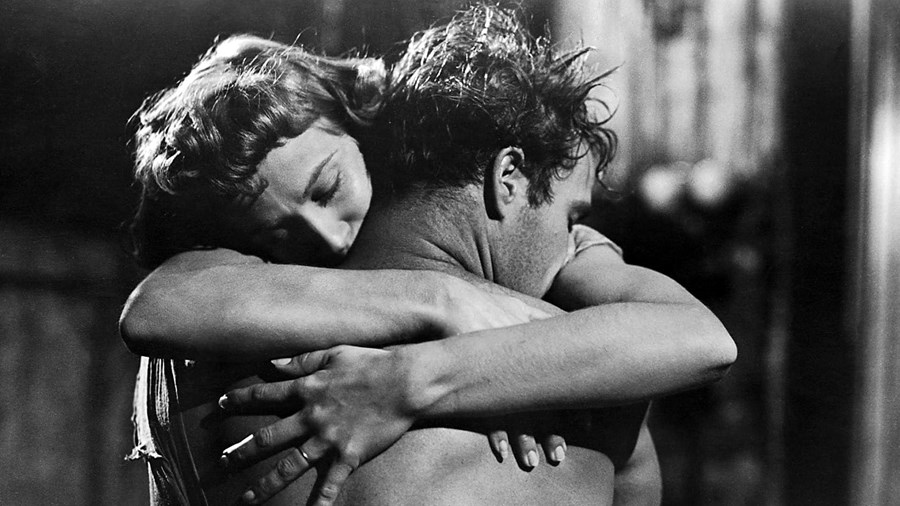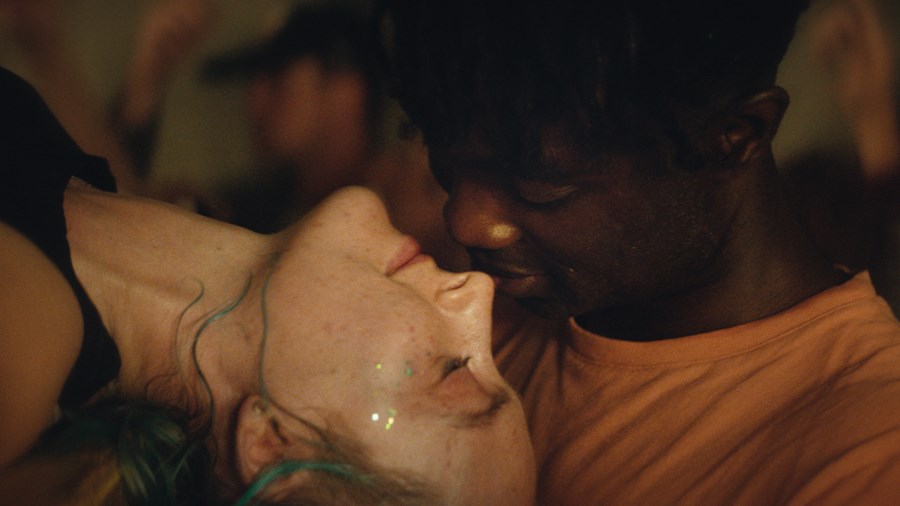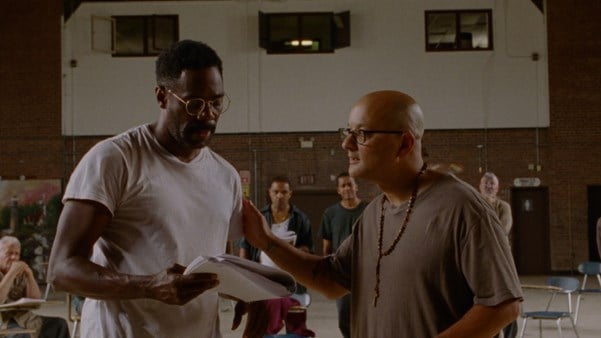Substance-abuse films typically use their thinly sketched female addicts as dramatic devices. Here, Laura Venning offers a brief history of the subgenre, and posits that the nuanced character study The Outrun provides a welcome counterpoint.

To the surprise of absolutely no one, Saoirse Ronan turns in another astonishing performance, perhaps her best ever, in The Outrun, of which she is also a producer. Directed by Nora Fingscheidt and based on the memoir by Amy Liptrot, the film follows a young woman named Rona (Ronan), who returns to the Orkney Islands, where she was brought up, while struggling with newly found sobriety. At what feels like the edge of everything off the north coast of Scotland, she tries to suppress her memories of her escalating alcoholism. They puncture the isolation and monotony of feeding the sheep and staring out at the waves crashing against the cliff face.

Films about addiction, and specifically substance misuse, tend to veer towards unbearable grimness. Think of Nicolas Cage drinking himself to death in Leaving Las Vegas (1995), or the abject misery every character is trapped in at the end of Requiem for a Dream (2000). When these films are about women they might offer an honest representation of substance misuse but, in many cases, their female protagonists aren’t exactly fully realised. A female addict will often be portrayed as young, beautiful and full of promise, but either she’ll suffer a terrible misfortune that causes her to start drinking, or she’s introduced to hard drugs by a boyfriend/some other nefarious male influence. Aside from her addiction, she’s pretty much a blank slate onto whom any amount of misery can be inflicted for shock value, sometimes unintentionally glamourising said misery.

Requiem for a Dream (2000)
Thankfully, Rona’s characterisation feels infinitely more real: she can be selfish and bitter as well as loving and fiercely intelligent. Looking at a few examples of cinema’s relationship with the female addict, notably all of which feature white protagonists, not only demonstrates how thinly drawn these characters can be, it also illustrates the quiet power of The Outrun as a profoundly hopeful and humane addiction narrative.
While films about women experiencing addiction date back to the silent era, by the 1950s Hollywood was slightly more open to exploring the subject, despite the restrictions of the Hays Code. Astonishing performances like Vivien Leigh as alcoholic Blanche DuBois in A Streetcar Named Desire (1951) and Katharine Hepburn as morphine addict Mary Tyrone in Long Day's Journey into Night (1962) gave subtlety and complexity to these troubled characters. But Blake Edwards’ Days of Wine and Roses (1962), in which Lee Remick plays Kirsten, a woman dragged into alcoholism by her husband (Jack Lemmon) isn’t so interested in its antiheroine’s humanity. Kirsten is more of a device for her husband’s dramatic arc than a fully rounded character in her own right.

A Streetcar Named Desire (1951)
Moving ahead to the 1970s, The Panic in Needle Park (1971) focuses on a vulnerable young woman named Helen (Kitty Winn); she falls in love with a heroin dealer and addict (Al Pacino) who gets her hooked too. Although Helen is the emotional linchpin of this unflinching film, her character is defined by her helplessness and we learn next to nothing about her, unlike Pacino’s Bobby. She certainly fits the stereotype of the innocent waif brought low by a male influence. This waif is always attractive, and part of the perverse, voyeuristic pleasure that director Jerry Schatzberg arguably indulges in is portraying such a beauty ‘ruined’ by her addiction, even as the film clearly condemns it.

The Panic in Needle Park (1971)
The waif is present again in the unremittingly bleak Christiane F. (1981). This harrowing cult film is based on the true story of a 13-year-old girl who spirals into heroin addiction in West Berlin in the late 1970s. Filmed on location in Bahnhof Zoo station, it includes infamously visceral scenes of heroin use and withdrawal symptoms. Like Needle Park, this film is blatantly anti-drug, and the inner life of Christiane (Natja Brunckhorst) seems to be absent. Instead, Brunckhorst’s doll-like face and edgy clothes influenced designers like Gucci and fashion icons like Kate Moss and Chloë Sevigny. Inadvertently, in becoming a cult sensation, Christiane F. further denies its protagonist true personhood.
But not all of these narratives are so vacant. Probably the greatest depiction of a female alcoholic of all time is John Cassavetes’ Opening Night (1977). Ageing actress Myrtle Gordon (a breathtaking Gena Rowlands) experiences a fracturing of her identity while starring in a play prompted by the death of a devoted fan and fuelled by her constant drinking. Vulnerable and volatile, Myrtle is another tragic figure, but one that we feel much more closely connected to. This is partly because the camera barely ever leaves her; we are completely enveloped by her perspective as the boundaries between her imagination and her reality start collapsing.

Opening Night (1977)
A handful of more recent films have also ditched the cliché of the waif under the influence, such as Rachel Getting Married (2008), Wild (2014) and To Leslie (2022). And it’s in this more nuanced and empathetic space that we find The Outrun presenting a generous yet bruising take on a woman who has descended into addiction as a coping mechanism, but is slowly managing to drag herself out.
We see Rona in Orkney working on her father’s sheep farm having just fled from London. She’s a hundred days sober and trying to find some sense of self in this wild and magical place. The film has a non-linear structure; Rona’s time in Orkney is punctuated by fragments of memories in non-chronological order. These include flashes of her blackout drunk and being forcefully removed from a bar by security, her father experiencing bipolar episodes when she was a child, joyful nights of hedonism in east London, a rehabilitation programme and a squalid flat full of empty bottles.

The Outrun (2024)

But crucially we don’t just learn about Rona as an addict. Director Nora Fingscheidt emphasises her almost spiritual connection with the landscape, which only deepens as she starts surveying and researching the local wildlife. Though she teeters on the edge of relapse, in reconciling with Orkney she reconciles with herself. Previous incarnations of the female addict might have bordered on exploitative and even misogynistic, but Rona, seamlessly inhabited by Saoirse Ronan, feels like a living, breathing person on the long and difficult road to recovery.
WATCH THE OUTRUN IN CINEMAS




